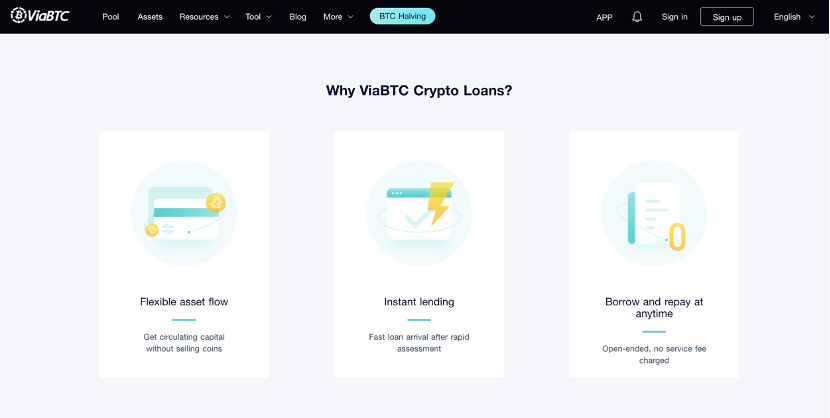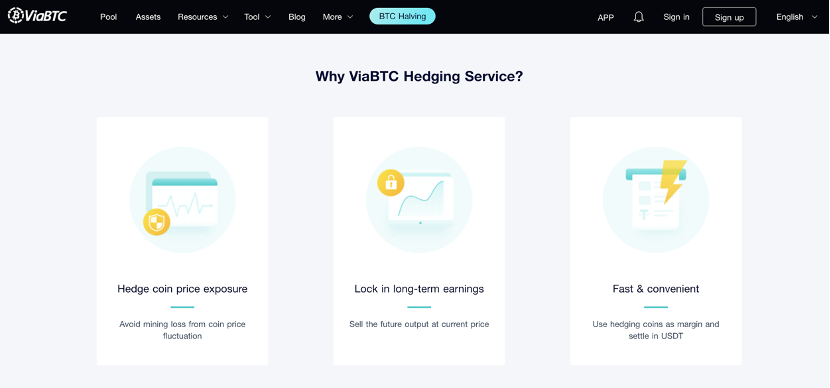Reason to trust

How Our News is Made
Strict editorial policy that focuses on accuracy, relevance, and impartiality
Ad discliamer
Morbi pretium leo et nisl aliquam mollis. Quisque arcu lorem, ultricies quis pellentesque nec, ullamcorper eu odio.
At the time of writing, there are less than 300 blocks left until the fourth Bitcoin halving. With blocks being generated on average every 10 minutes, we have less than two days before we witness this historic moment. As one of the most important narratives within the cryptocurrency industry, the Bitcoin halving is seen as a key catalyst for propelling the market into a new bull run, and it also signifies an impending major shift in the Bitcoin mining landscape.
Why does the Bitcoin halving have such a significant impact on the entire market? First, we need to understand the fundamental principles behind the halving.
An Overview of Bitcoin Halving
One key reason Bitcoin is considered superior to traditional fiat currencies is its inherent scarcity. This scarcity is encoded into its foundational code by its creator, Satoshi Nakamoto, who stipulated that every 210,000 blocks mined would trigger a 50% reduction in mining rewards, until the total circulation reaches 21 million BTC. This process is called “halving,” and it mimics the natural depletion of gold mining rates, endowing Bitcoin with a scarcity value akin to gold.
At the same time, the design of the halving mechanism ensures that miners play a crucial role as the cornerstone of the entire Bitcoin network’s operation. Whenever miners successfully mine a new block through competition, they receive a certain amount of BTC as a block reward. This process is also the only way for new BTC to enter market circulation.
Potential Changes in the Bitcoin Mining Landscape
As the halving directly affects miners’ earnings, this means that all participants in the Bitcoin mining industry will have to deal with changes in income while operating costs such as site facilities and electricity remain largely fixed. This will force these participants to reassess and adjust their operational strategies.
Reports indicate that currently, most mining participants are using relatively inefficient miners. To maintain healthy gross margins after the Bitcoin halving, these miners need to keep operating costs at $0.05 per kilowatt-hour or lower. In response, some miners have already begun to take action. According to Bloomberg, about 600,000 old Bitcoin mining rigs are being moved from the U.S. to Africa and South America, regions known for cheaper electricity.

Looking at the current global distribution of Bitcoin hashrate, the problem of high centralization is particularly notable. A few countries led by the United States hold the majority of the global hashrate. However, driven by the continuous pursuit of cost efficiency, especially lower electricity costs, the industry may gradually shift to a more globally dispersed model.
How Do Mining Participants Survive?
To remain competitive after the Bitcoin halving, many large mining companies have started purchasing more efficient mining rigs, such as the latest generation Antminer S21. These new miners not only have higher hashrate but also lower energy consumption, effectively reducing mining costs. However, the introduction of these new miners, along with the continuously increasing hashrate, makes mining increasingly difficult for small-scale miners.
As of the most recent Bitcoin mining difficulty adjustment at block height 838,656, the total network difficulty has reached 86.39T, setting a new historical high, nearly doubling from a year ago. With less than two days until the Bitcoin halving, the number of Bitcoins that can be mined will soon decrease by 50%, meaning that miners will be forced to increase their hashrate to ensure they can mine enough BTC to maintain their operations.
Facing the decline in mining profits, miners with higher costs may have to temporarily shut down their mining rigs until there is a significant increase in Bitcoin prices. Currently, the market conditions are highly unfavorable for miners, with the price of Bitcoin at $62,000 as of writing, having fallen more than 10% in the past seven days.
What Preparations Can Mining Participants Make?
For miners with sufficient cash flow, even if the current price of Bitcoin does not cover mining costs, they can comfortably manage, waiting for Bitcoin prices to rise. However, for miners with tight cash flows, they may need to sell a portion of the Bitcoin they mine daily to cover operational costs. If Bitcoin prices do not rise correspondingly after the halving, this will put them under severe financial pressure.
For miners with insufficient cash reserves, there is no need to be overly pessimistic, as certain financial instruments available in the market can also help manage the risk of price fluctuations brought about by Bitcoin halving. For example, services like “Crypto Loans” and “Hedging Service” offered by ViaBTC can provide necessary asset management tools for such miners.


As the Bitcoin halving approaches, the price of Bitcoin has started to fluctuate frequently recently. Miners need not worry about the uncertainty of future coin prices, as they can utilize these two financial tools offered by ViaBTC to cope with market changes. If miners are bearish on the post-halving price of Bitcoin, they can use “Hedging Service” by borrowing coins from ViaBTC and selling them in advance to lock in profits, then continue mining to repay the borrowed coins. Conversely, if miners are optimistic about the future price of Bitcoin but need cash flow to cover daily operating expenses, they can use “Crypto Loans” by pledging some of their assets to borrow from ViaBTC, repaying the loan and then redeeming their collateral later.
Founded in May 2016, ViaBTC Pool has risen to become the third largest in the Bitcoin mining pool, with a cumulative mining output value of tens of billions of dollars. It has provided professional, efficient, safe and stable crypto mining services for over one million users in 130+ countries/regions around the world.
summary
Historically, each Bitcoin halving has been a major test for the Bitcoin mining industry, and historical data also shows that each halving has led to a significant appreciation in Bitcoin’s value. However, only those miners who manage to “survive” can witness the market’s dawn after the halving. Regardless of whether this halving will follow historical patterns, the immediate priority for miners is to find ways to survive as long as possible.
Disclaimer: This is a paid release. The statements, views and opinions expressed in this column are solely those of the content provider and do not necessarily represent those of NewsBTC. NewsBTC does not guarantee the accuracy or timeliness of information available in such content. Do your research and invest at your own risk.



















